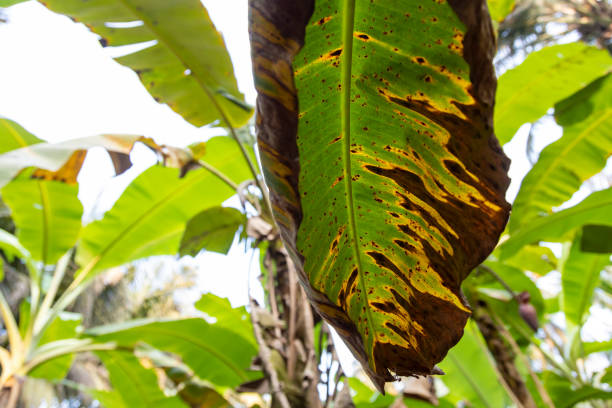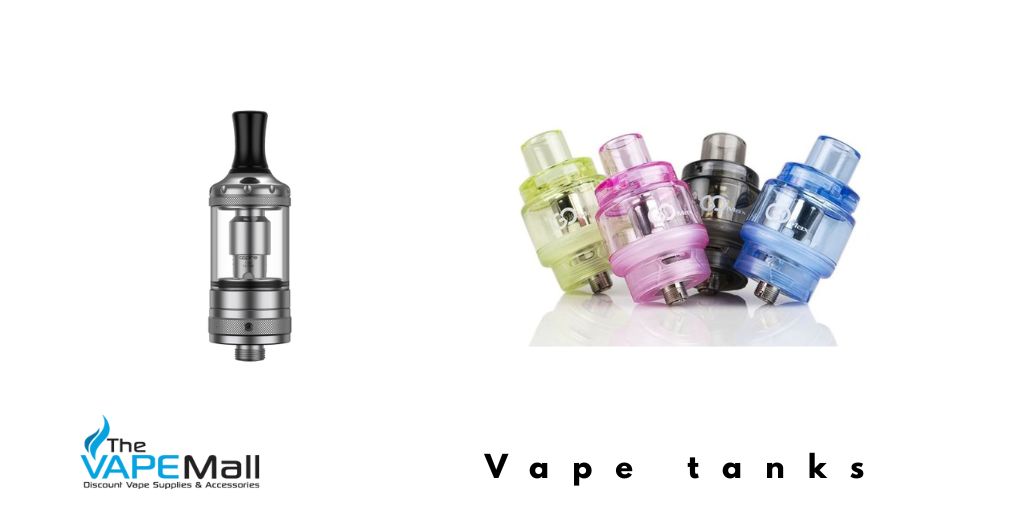
Bananas are among the most widely consumed fruits globally, playing a critical role in food security and the livelihoods of millions of farmers. However, their cultivation is under constant threat from various diseases, one of the most serious being the sigatoka disease of banana. This fungal disease affects the leaves of banana plants, significantly reducing photosynthesis and, consequently, fruit yield and quality.
Effective management of this disease is essential for sustaining banana production and ensuring profitability for farmers. This article explores the nature of the disease, its symptoms, causes, and practical management strategies that farmers can adopt to control its spread.
What is Sigatoka Disease of Banana?
The sigatoka disease of banana refers to a group of leaf spot diseases caused by fungi of the genus Mycosphaerella. The most common and damaging forms are Yellow Sigatoka (Mycosphaerella musicola) and Black Sigatoka (Mycosphaerella fijiensis), with the latter being more aggressive and widespread in tropical and subtropical regions.
The disease primarily targets the leaves of banana plants, reducing the plant’s ability to perform photosynthesis. As a result, affected plants produce smaller, fewer, and lower-quality fruits. Severe infestations can lead to complete defoliation, making the plants more vulnerable to other stresses and diseases.
Symptoms of Sigatoka Disease
Identifying the symptoms early is crucial for timely intervention. The progression of the sigatoka disease of banana typically follows these stages:
- Initial Spots: Small, yellowish streaks appear on the lower (older) leaves.
- Development of Lesions: These streaks enlarge and turn brown, forming elliptical lesions with dark brown or black centers.
- Leaf Necrosis: Lesions merge, causing large areas of the leaf to die. Infected leaves eventually turn yellow and collapse.
- Defoliation: In advanced cases, the plant may lose all its functional leaves before fruit matures, leading to unmarketable bananas.
The symptoms may vary slightly depending on environmental conditions and the specific fungus involved.
Causes and Spread
The sigatoka disease of banana is caused by airborne spores released by infected leaves. These spores spread through:
- Wind: Spores can travel long distances in the wind.
- Rain Splash: Water droplets from rain or irrigation help disperse spores to nearby plants.
- Contaminated Tools or Equipment: Farmers can inadvertently spread the disease while pruning or moving between fields.
Warm, humid conditions with poor air circulation create the perfect environment for the disease to thrive. That’s why it is especially problematic in tropical regions with high rainfall and dense plantation canopies.
Impact on Banana Production
The economic impact of the sigatoka disease of banana is significant. It leads to:
- Reduced Yields: Up to 50% or more in severely infected fields.
- Poor Fruit Quality: Incomplete fruit development, uneven ripening, and smaller bunches.
- Increased Production Costs: More frequent spraying, labor for leaf removal, and loss in marketable produce.
- Premature Harvesting: Farmers often harvest bananas earlier to avoid total crop loss, resulting in lower quality.
These factors make disease management a critical component of banana farming.
Integrated Disease Management Strategies
Managing sigatoka disease of banana requires an integrated approach that combines cultural, chemical, and biological measures. Here are some key strategies:
1. Cultural Practices
- Leaf Sanitation: Regular removal of infected leaves reduces the source of spores.
- Adequate Spacing: Proper plant spacing improves air circulation and reduces humidity.
- Weed Control: Eliminating weeds prevents additional moisture buildup.
- Drainage Management: Well-drained fields discourage fungal growth.
- Pruning and Desuckering: Removing excess suckers and old leaves minimizes dense canopy conditions.
These practices can significantly lower disease pressure and delay the need for chemical intervention.
2. Chemical Control
Fungicides play a role in managing the disease but should be used judiciously:
- Protective Fungicides: Such as chlorothalonil or mancozeb, applied before symptoms appear.
- Systemic Fungicides: Like propiconazole or tebuconazole, used when the infection is already visible.
- Spray Rotation: Alternating fungicide classes helps prevent resistance development.
Frequent and indiscriminate spraying can lead to resistance and environmental harm, so it’s important to follow label instructions and apply only when necessary.
3. Biological Control
Researchers are exploring eco-friendly alternatives to chemical fungicides:
- Beneficial Microorganisms: Certain strains of Trichoderma and Bacillus species can suppress the pathogen.
- Botanical Extracts: Neem oil and garlic-based formulations show promise in reducing infection.
While not yet mainstream, these options are gaining attention for sustainable banana farming.
4. Resistant Varieties
Growing banana cultivars that are less susceptible to the sigatoka disease of banana is one of the most effective long-term solutions. Some newer hybrids and local varieties show moderate resistance and can reduce the need for fungicide use.
Examples include:
- FHIA-01 (Goldfinger): Resistant to black sigatoka.
- GCTCV-218: A variant of Cavendish with improved tolerance.
Although resistant varieties may differ in taste or yield characteristics, they offer a viable option in regions with severe disease pressure.
Monitoring and Early Detection
Regular field scouting helps detect the disease early and plan timely interventions. Farmers should inspect the lower leaves of plants weekly, especially during warm and wet periods.
Monitoring tools such as mobile apps, satellite imagery, and weather-based forecasting systems are increasingly being used to predict disease outbreaks and optimize spray schedules.
Conclusion
The sigatoka disease of banana poses a serious threat to banana cultivation worldwide, but with proper understanding and management, its impact can be significantly minimized. A combination of good agricultural practices, strategic use of fungicides, biological agents, and the adoption of resistant varieties provides the best chance for disease control and healthy banana yields.
Empowering farmers through education, extension support, and access to better technologies will be key in the fight against this destructive disease. As the demand for bananas continues to grow, sustainable disease management will ensure that banana farming remains viable for future generations.





